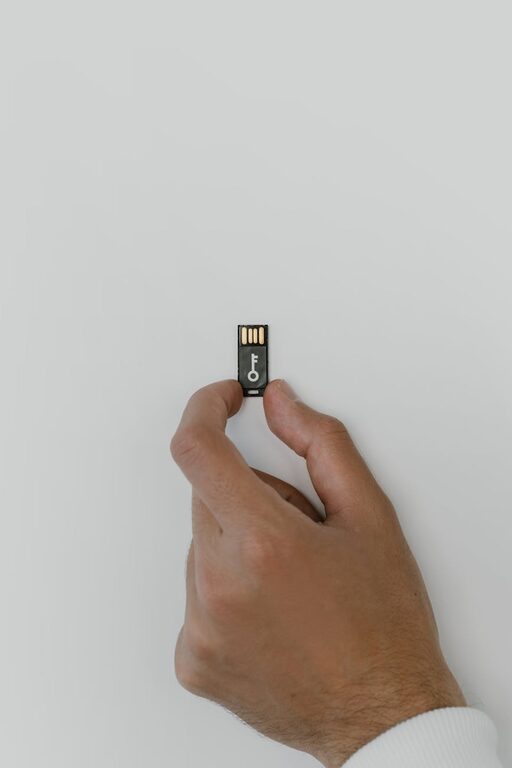Backing up your photos and files is one of the best ways to safeguard your digital memories and important documents. Whether it’s family photos, work files, or personal projects, losing these can be frustrating or even devastating. The good news is that backing up doesn’t have to be complicated. This guide will walk you through simple, effective methods to keep your data safe.
Why Backing Up Your Data Matters
Before diving into how, it’s important to understand why backing up your data is essential. Computers and devices can fail, files can be accidentally deleted, and devices can get lost or stolen. Without a backup, lost files may be gone forever.
Backing up prevents:
– Data loss from hardware failure
– Accidental deletion
– Theft or loss of devices
– Damage due to natural disasters
By having copies stored elsewhere, you gain peace of mind knowing your photos and files are protected.
Choosing Where to Back Up Your Files
There are several options available when it comes to backing up data:
1. External Hard Drives
External hard drives are physical devices that connect to your computer via USB. They offer large amounts of storage at a reasonable price.
Advantages:
– One-time cost
– High storage capacity
– Quick access to files
Considerations:
– Can be lost, stolen, or damaged
– Not automatic unless you set backup software to run regularly
2. Cloud Storage Services
Cloud storage means saving your files on remote servers accessible via the internet. Popular services include Google Drive, Dropbox, OneDrive, and iCloud.
Advantages:
– Access files from anywhere with internet
– Automatic syncing and backups
– Protects against physical damage to devices
Considerations:
– May require subscription for larger storage
– Dependent on internet access
3. Network Attached Storage (NAS)
NAS devices are like personal cloud servers you keep at home or office. They connect to your network and allow multiple devices to back up files.
Advantages:
– Large storage with local control
– Accessible from different devices on the network
– Often support RAID for added data protection
Considerations:
– More technical to set up
– Higher initial cost
How to Back Up Your Photos and Files Effectively
No matter which method you choose, here are important steps to ensure your backups are reliable.
Step 1: Identify What to Back Up
Focus on files that matter most:
– Photos and videos
– Documents (work, school, personal)
– Music and media
– Application data or settings
Organizing files into folders makes backups easier and ensures nothing important is missed.
Step 2: Decide Your Backup Schedule
Regular backups are key. Decide on a routine that fits your needs:
– Weekly or monthly
– After important changes
– Automatic backups for convenience
Many backup tools allow scheduling to automate the process.
Step 3: Use Backup Software or Tools
Depending on your device and backup choice, use tools to simplify backups.
– Windows: File History or Backup and Restore
– Mac: Time Machine
– Mobile devices: Backup to cloud services like iCloud or Google Photos
– Third-party tools: Acronis, Backblaze, or Carbonite
These applications often run in the background and notify you when backups are complete.
Step 4: Verify Your Backups
Make sure your backups actually work by:
– Periodically testing file restoration
– Checking backup logs or status reports
– Keeping multiple backup copies if possible
This helps avoid unpleasant surprises if data loss occurs.
Tips for Safe Backup Practices
– Keep backups in different locations: For example, an external hard drive at home and cloud storage online.
– Use strong passwords: Protect cloud storage accounts to prevent unauthorized access.
– Encrypt sensitive data: Many backup services support encryption to keep files private.
– Update backup methods: As technology changes, review and improve your backup strategy.
Conclusion
Backing up your photos and files doesn’t have to be overwhelming. With a combination of external drives, cloud storage, and reliable software, you can protect your digital treasures easily. Create a backup plan that suits your lifestyle and stay consistent to keep your memories and files safe.
By taking these simple steps today, you’re ensuring your important data will be available whenever you need it—no matter what happens to your devices. Happy backing up!



